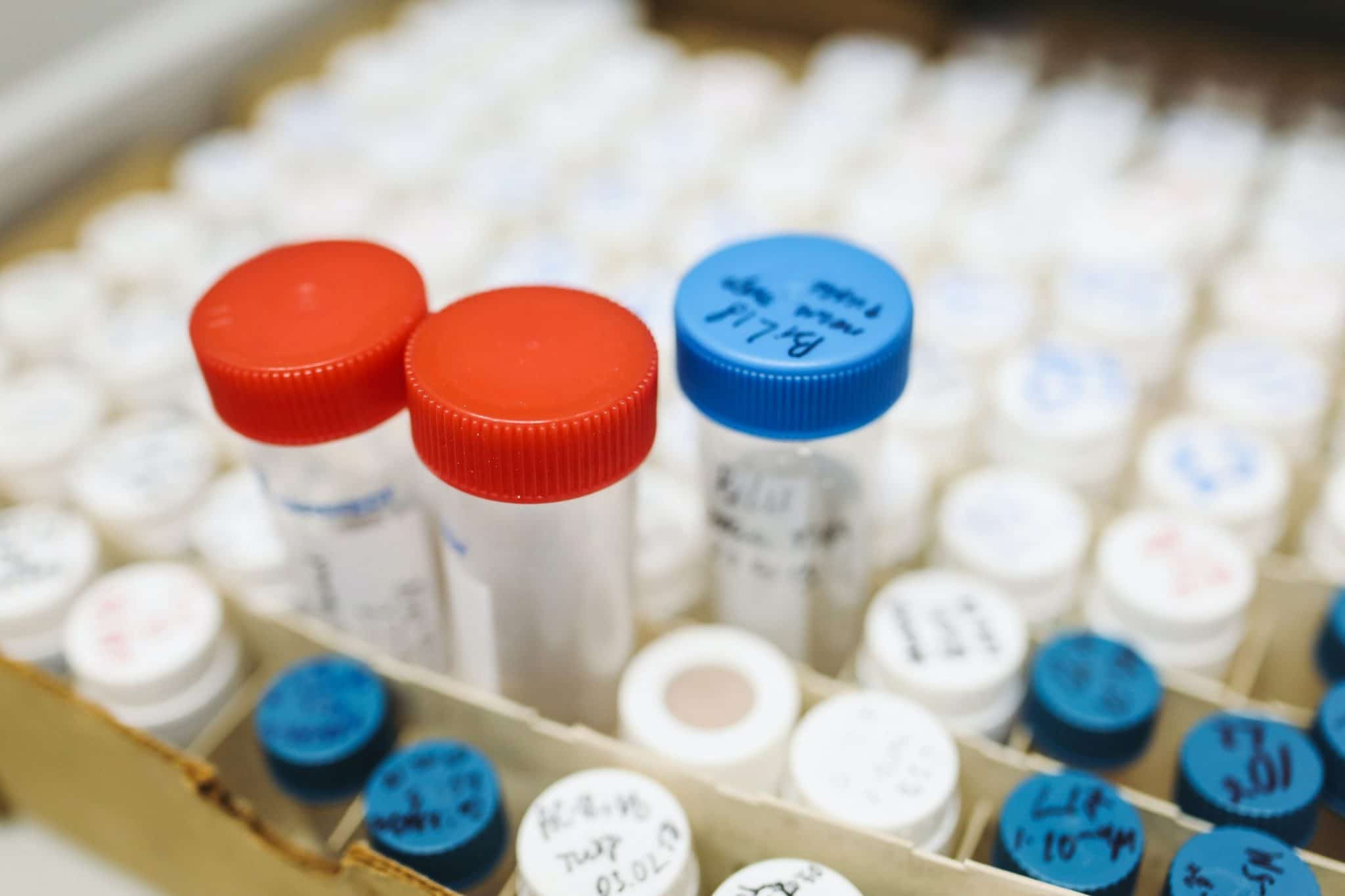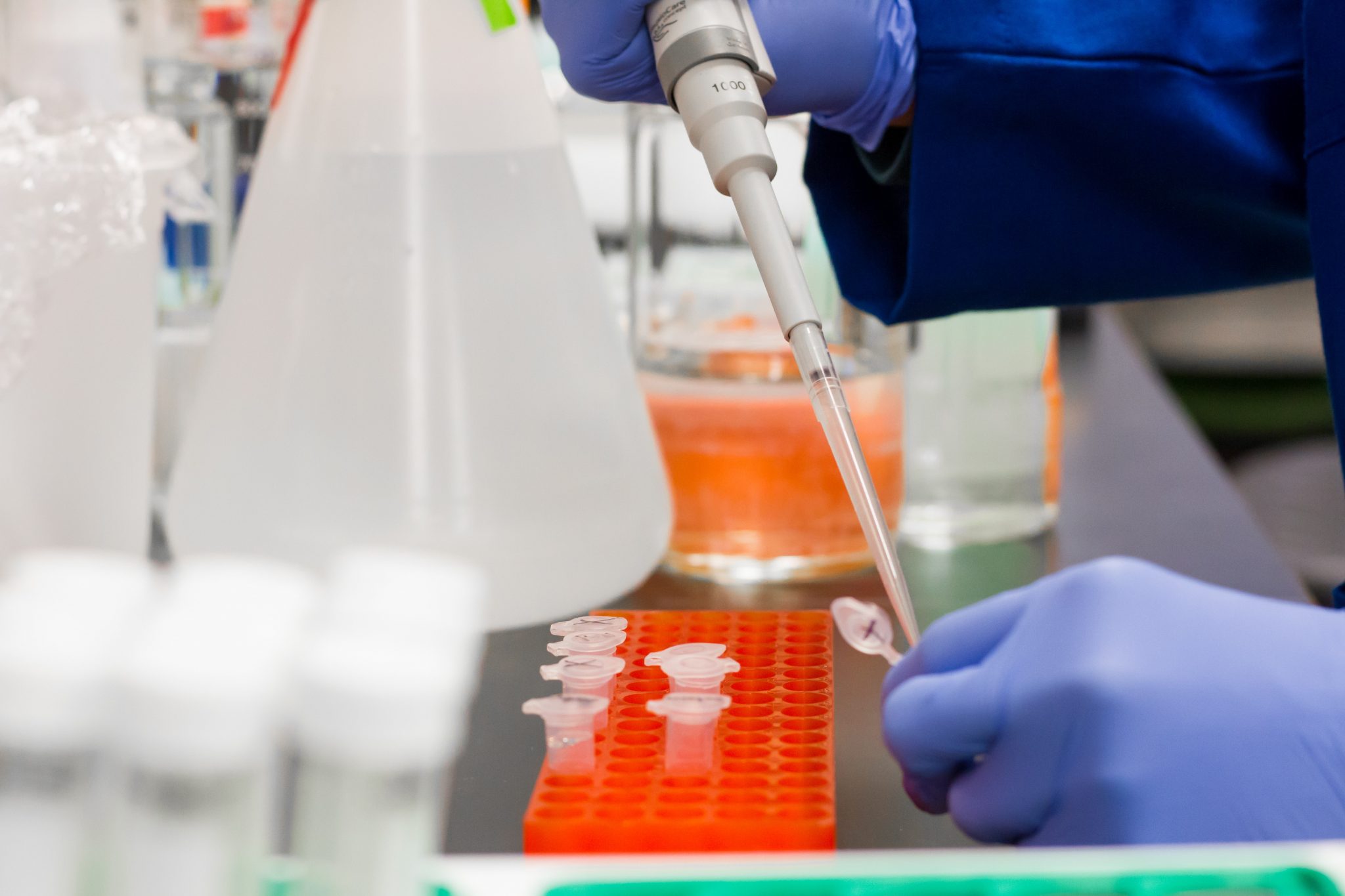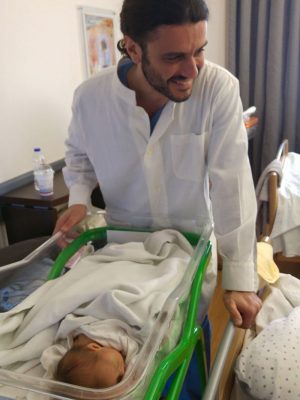New Methods
Embryological Innovations – Progress – Techniques
Technological progress, Artificial Intelligence, collection of statistical and scientific data and new innovations adapted in the laboratory, have all contributed to the rapid growth of clinical embryology.
Developments in biotechnology have led to the invention of new practices that have vastly improved the percentage of healthy children being born, compared to recent years.
The embryologist ought to be in the heart of these developments.
He should continuously educate himself, participate in conventions and exhibitions and have an “innate scientific curiosity” if he wants to be able to find solutions even for the most difficult cases.
In order to recommend specialized treatment for each patient, he must have extensive knowledge and be able to provide a valid approach and an effective diagnosis of the fertility issue.
That’s why Dimitris Papadopoulos has specialized in all of the above and can handle even the most demanding techniques, practices and innovations.
His effectiveness is proven by the abundance of positive pregnancy tests!

Innovative – New Methods
International Practices – Modern Techniques – Innovations

Egg Microsurgery, Laser-Assisted Intracytoplasmic Sperm Injection (LA-ICSI)
There are cases where the eggs are particularly fragile and have a very tough outer shell. In these cases, there is a high risk of the egg getting destroyed during the Micro-insemination (ICSI) procedure.
An experienced embryologist will acknowledge the problem and resolve it by using the Laser Assisted ICSI Microsurgery procedure.
This innovative new method prevents the destruction of the egg by using laser technology to weaken its outer shell so that the microneedle can penetrate much more easily and accomplish the Intracytoplasmic Sperm Injection.
Egg Microsurgery with the aid of hyaluronic acid (HA)
DNA fragmentation in the nucleus of the spermatozoa, causes the newly formed embryos to either:
– never reach the blastocyst stage
– become overfilled with cell fragments
or
– be aborted during the first trimester of pregnancy
When we have to face a powerful male infertility factor, we must use powerful weapons to deal with it.
That is why we use the Physiological Intracytoplasmic Sperm Injection (PICSI) method.
This technique uses a specialized culture medium that consists of hyaluronic acid and can cause some of the spermatozoa to “bind” with it. It has been observed that these are the ones with the highest DNA integrity and maturity in their nucleus and therefore the most suitable for micro-insemination.
This technique boasts great results in cases where other methods fail.
You can read more about the success rates of IVF and IntraUterine Insemination (IUI) in this article.

Oocyte activation with the aid of calcium ionophore in the In Vitro Fertilization with ICSI procedure
There are some cases where the man’s sperm fails to trigger the sequence of calcium influx in the oocyte in order to activate and fertilize it and cause the appearance of two pronuclei in its cytoplasm.
The safest and most effective way to solve this problem is the use of calcium ionophores. The Ca ionophore causes the artificial activation of the oocyte by triggering a calcium flow that will eventually lead to the oocyte’s fertilization.
This technique is used in couples where:
– in previous ICSI cycles, the result was either a complete failure or a very low fertility rate
– there is a very serious male infertility factor like globozoospermia in which the spermatozoa are missing the acrosome (part of the head of the sperm cell) and therefore cannot produce a special enzyme that allows them to penetrate into the egg and fertilize it.
Learn more about the Micro-insemination (ICSI) procedure here.
Oocyte and Embryo freezing (Vitrification technique)
The freezing of the oocytes and embryos with the vitrification technique, certifies a high survival rate after they have been thawed.
Vitrification is the most advanced method of cryopreservation, both of the gametes and the embryos, resulting in high pregnancy rates.
It’s the method of choice because it is cheaper, simpler and much faster compared to slow freezing but it requires an experienced embryologist since the survival of the embryo greatly depends on strict time precision.
Read more on oocyte freezing in this article.

Embryo Culture up to the blastocyst stage with the use of the GM-CSF cytokine
The embryos of patients that did not reach the blastocyst stage, are cultivated with the GM-CSF growth factor.
It has been statistically proven that GM-CSF enhances cell proliferation and blastocyst creation and therefore restores the hopes of couples with poor embryo quality.
Assisted Embryo incubation
During the IVF process, the embryologist might deem it necessary to create a small hole in the transparent zone (zona pellucida) of the egg (either with the use of chemical corrosion or with a special laser implemented on a microscope) in order to assist the incubation of the embryo when it has been transferred to the uterus.
This new method is used:
– in cases where the zona pellucida is particularly thick or hard
– during the transfer of cryopreserved embryos
– when there have been many failed IVF attempts
– in patients over 40 years old
– in women with high Follicle-Stimulating Hormone (FSH) levels




